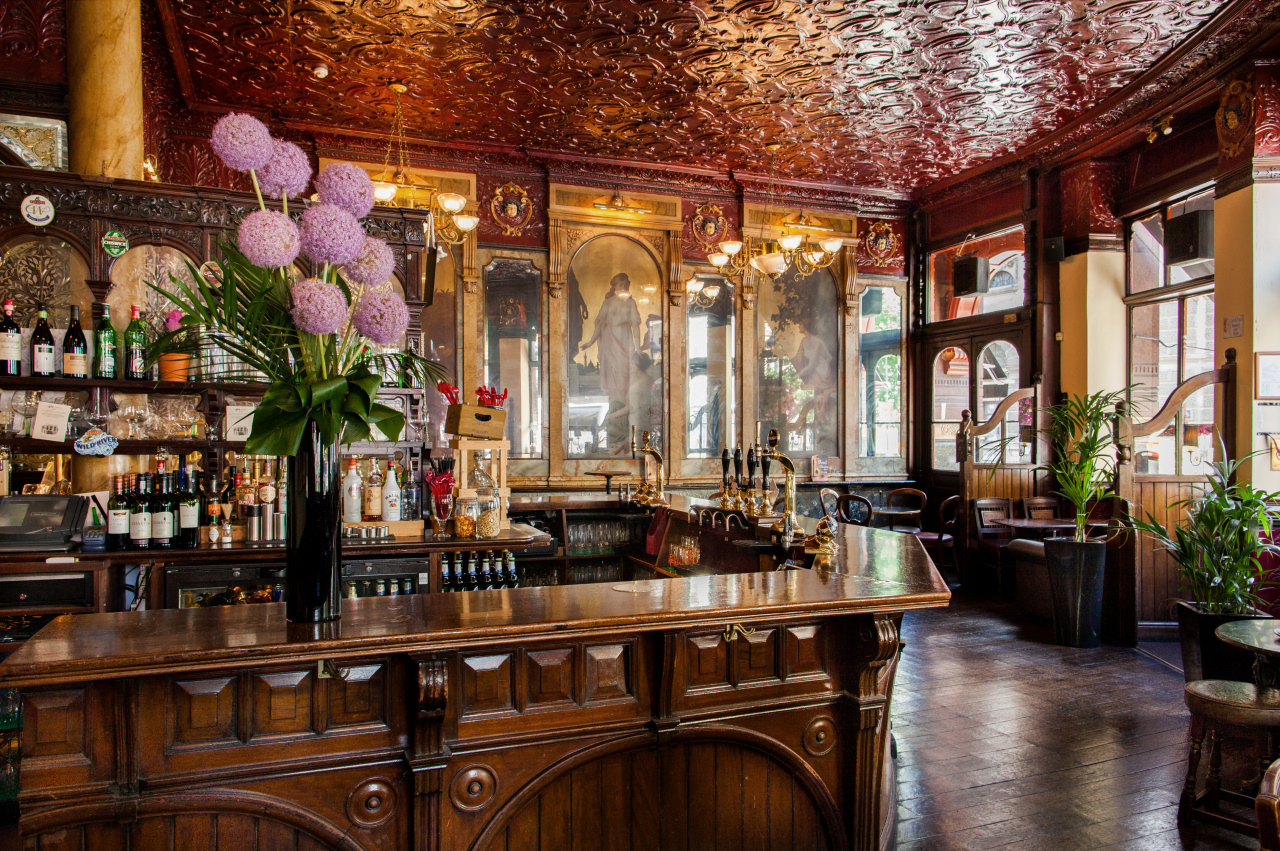Updated: 2 September 2023 |
|
Walk page: Click to view |
Appendix to the Holborn walk
MORE ABOUT THE HOLBORN AREA, NEWGATE AND THE OLD BAILEY
In-depth profiles of some of the most significant places mentioned in the Holborn walk, together with some pictures.
CONTENTS
The Ship Tavern
Royal College of Surgeons
Hunterian Museum
The Inns of Court
Lincoln’s Inn
Gray’s Inn
Clever Tom Clinch
Prudential Assurance Company
Hatton Garden’s diamond district
St Etheldreda’s Church
Ely Palace and Ely Place
Sir Christopher Hatton
De Beers
Viaduct Tavern
Newgate Prison
Visiting the Old Bailey
The Cutlers’ Company
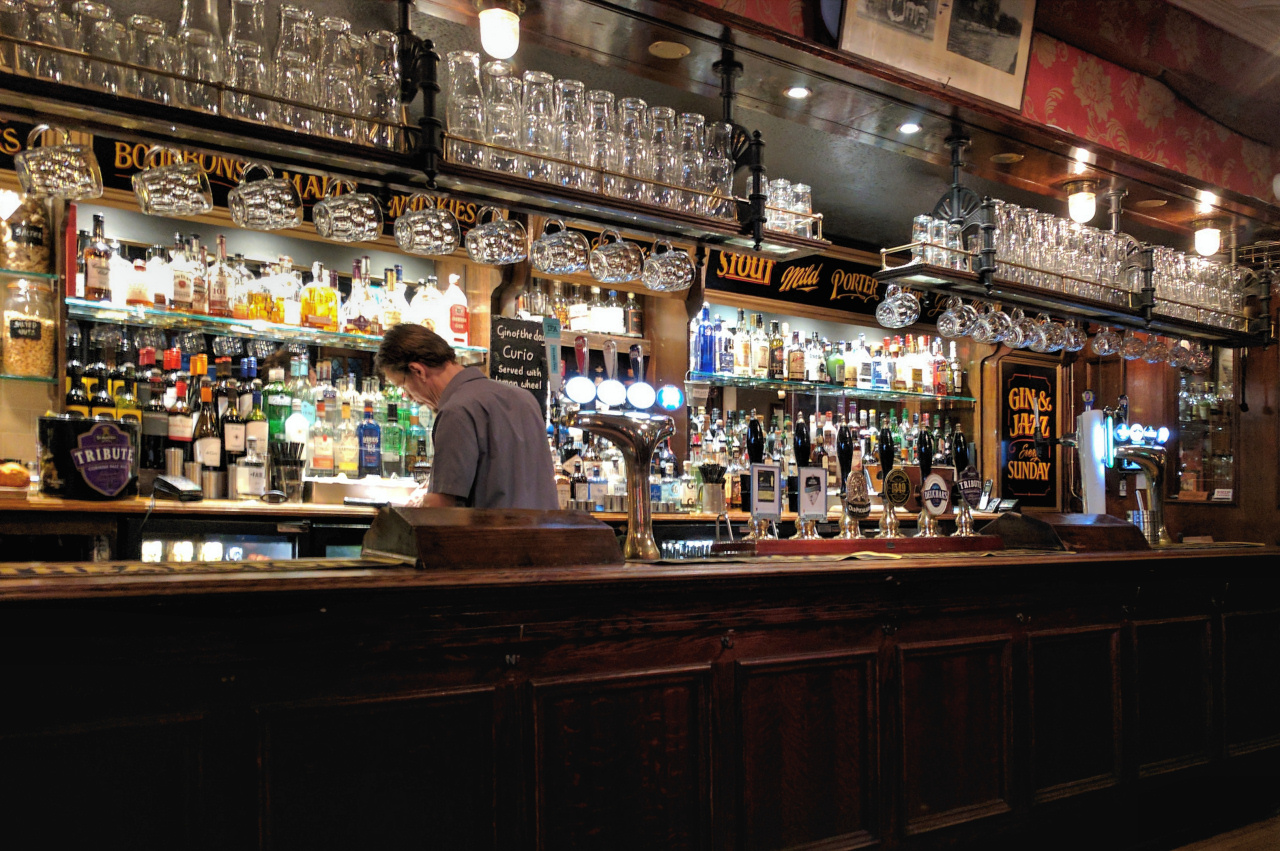
THE SHIP TAVERN
Originally the Ship catered for the local labourers and farm workers (there really were fields here then!) but over the years it has had an interesting history. During the reign of Henry VIII, when the Reformation was well underway, and Catholicism was illegal, Catholics would come to the inn to attend mass. The outlawed priests would conduct the service from behind the bar and ‘Lookouts’ would be posted in the streets outside who would give a signal to warn if the King’s officials were spotted. The warnings usually gave the priest time to escape into one of the several ‘hidey-holes’, some of which still exist, and allow the ‘congregation’ enough time to fill their tankards and become just another group of drinkers in the pub! Not all priests managed to escape, and several were discovered hiding in a tunnel in the cellar and executed on the spot. They say you can still sometimes hear their screams …
The tavern was consecrated as a Masonic Lodge in 1736 by the Grand Master, the Earl of Antrim, and meetings would be held here every Monday. It is worth a look inside even if it’s too early for a drink – and the restaurant upstairs is particularly delightful – lovely old beams and about as traditional ‘olde English’ as you can get.
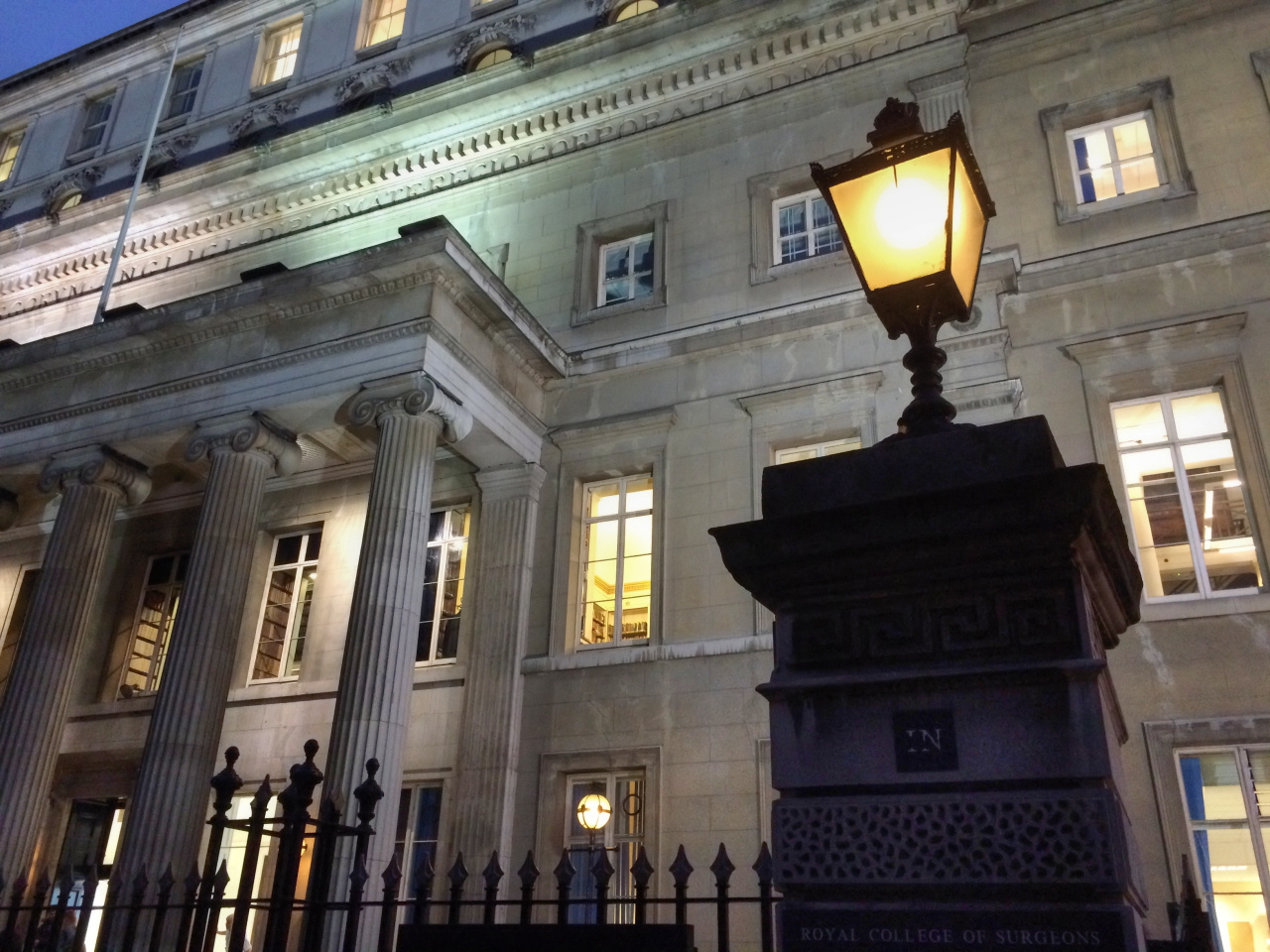
ROYAL COLLEGE OF SURGEONS
In 1540, the Worshipful Company of Barbers, which had been established in London around 1493, agreed to admit London’s ‘Fellowship of Surgeons’ into membership, forming the new ‘Company of Barber-Surgeons’. This new Company then became responsible for licensing surgeons who wished to practice in London and, after 1692, for examining ship’s surgeons.
In the 18th and 19th centuries surgeons, unlike physicians, did not study for a university degree, instead their training was done by apprenticeship. They learnt their ‘trade’ by attending demonstrations of ‘anatomical dissections’ of corpses (which had usually been recently buried and dug up again, or were those of executed criminals). These were conducted at the Barber-Surgeons Hall and as well as being a form of medical education, they were exhibited to the public and skeletons of notorious felons were displayed in niches around the walls of the Hall.
In 1745, the barbers and surgeons went their separate ways and a new Company of Surgeons was founded.
Occasionally, members of the company were permitted to conduct private anatomies. However, students had little opportunity to take part themselves and for the most part were only able to watch while dissections were carried out. Most private teachers relied on models or anatomical preparations for their classes and by the start of the 18th century, surgical apprentices in London had started to supplement their training by attending private anatomy lectures.
A desire for greater freedom for the teaching of anatomy was just one of the reasons for the eventual dissolution of the Barber-Surgeons’ Company. A growing number of charitable hospitals were beginning to provide posts which, although unpaid, gave surgeons greater social status and allowed them to build their private practices amongst wealthy patrons.
The demand for naval and army surgeons also increased, providing more opportunities for paid employment. By the 1740s a number of London surgeons had started to campaign for a separate organisation that reflected their professional ambitions. A campaign led by John Ranby and William Cheselden resulted in the split with the Barbers and the formation of the Company of Surgeons in 1745.
The new Company of Surgeons retained the right to stage dissections and began work on a new theatre at the Old Bailey where these would take place. However, delays to its completion forced the Company to relinquish its restrictions on its members carrying out their own anatomical dissections and surgeons began to openly advertise classes in ‘practical anatomy’, adding dissection to the wide range of medical lectures already on offer in London.
Today the Royal College of Surgeons is the professional and independent body, responsible for the training and the setting of examinations for surgeons as well as issuing the licenses, without which they cannot practice. This has always been one of the main duties of the college, the test for membership having evolved from the oral examinations of the Company of Surgeons in the 18th century.
If successful in the College examinations trainee surgeons would receive a diploma, rather than a degree, and kept the title ‘Mr’ rather than ‘Dr’. Indeed, it still wasn’t until the late 19th century that surgeons began to need to have a medical degree, rather than just practical experience. Still today many surgeons do not use the prefix ‘Doctor’ but are simply called ‘Mr’, like the rest of us. Fortunately, though for us patients, it is now compulsory for them to have both degrees and formal medical training! (And I will just mention here that it wasn’t until 1908 that women were permitted to qualify as surgeons.)
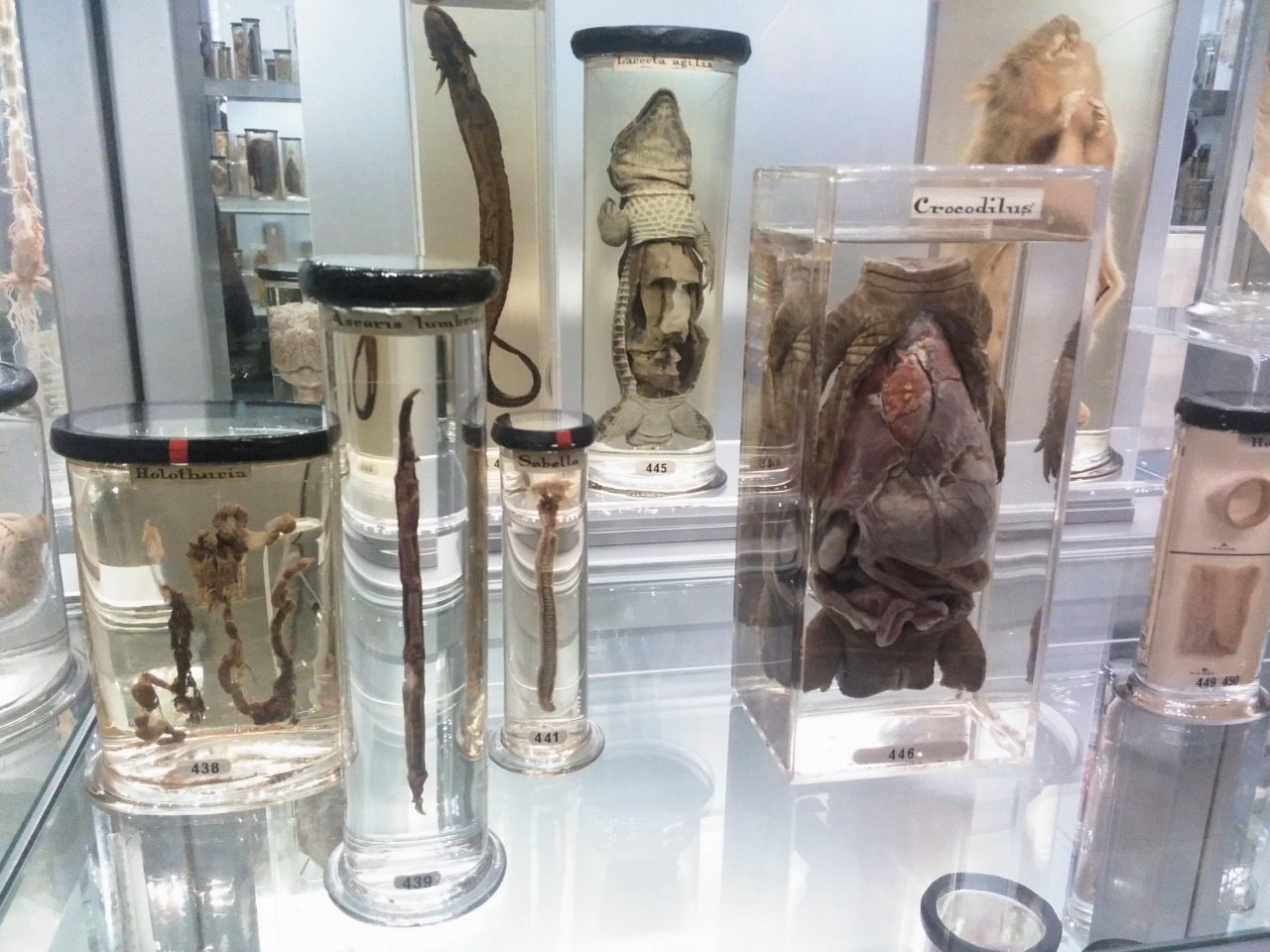
THE HUNTERIAN MUSEUM
John Hunter (1728–93) had no formal medical education when he began working for his brother William, though he quickly became proficient in dissection and William encouraged him to train as a surgeon and use his new found skills for research as well as teaching.
After serving as an army surgeon in France and Portugal, John Hunter returned to London, and worked with several eminent physicians and naturalists. They encouraged his experimental researches, for which he was elected a Fellow of the Royal Society in 1767. Their patronage also helped him to build a flourishing private practice.
The following year he was appointed surgeon to St George’s Hospital and several years later began to advertise lectures on the ‘Principles and Practice of Surgery’. These reflected his wide-ranging interests and were illustrated with preparations from his extensive museum collection.
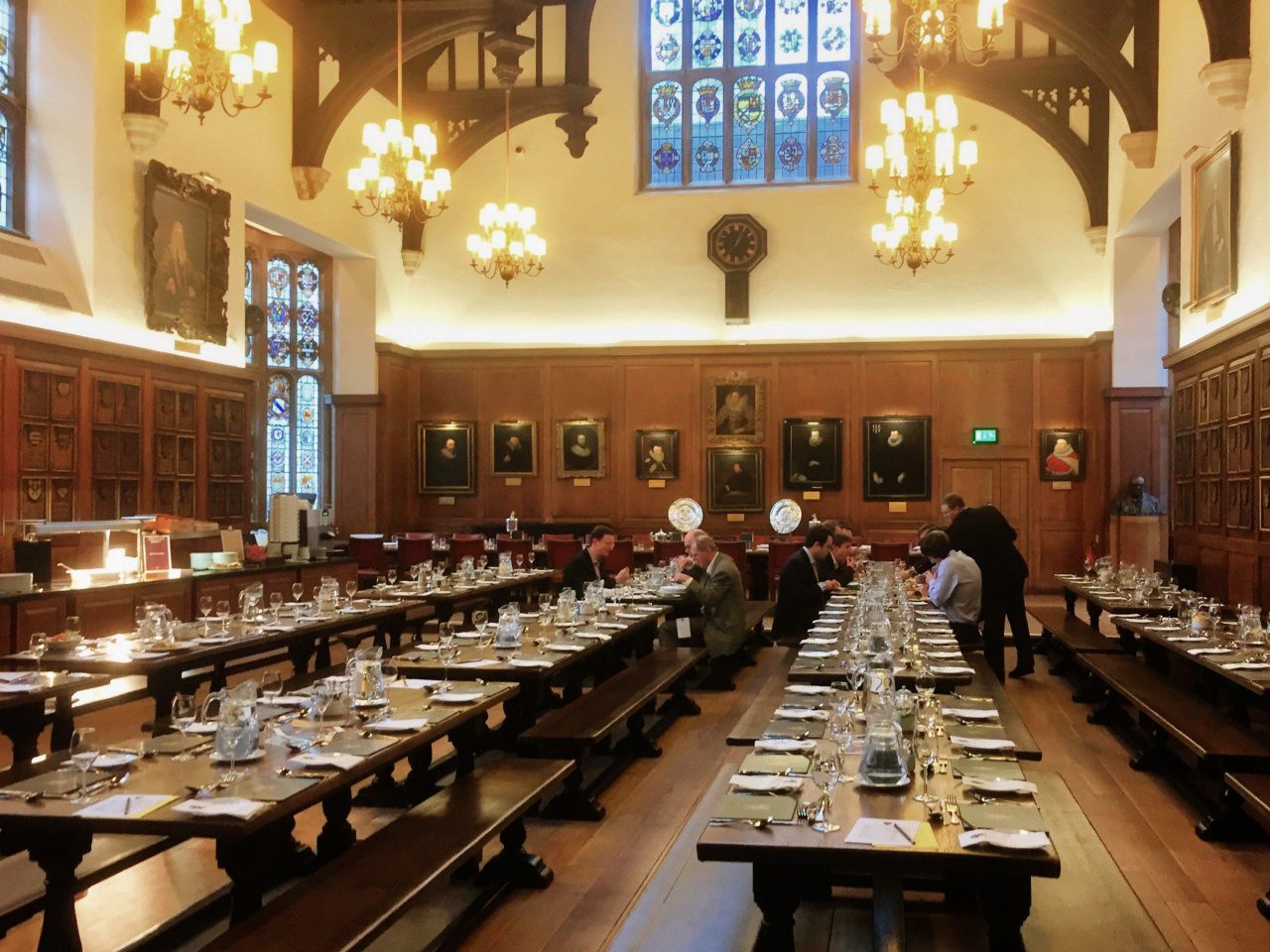
THE INNS OF COURT
First, what is an ‘Inn of Court’? Wikipedia says it’s ‘a professional association for barristers in England’ and that they must all belong to one of them before they can qualify to practice. These Inns – there are four in London, of which Lincoln’s Inn is the largest – offer post-student studies, libraries, dining facilities and accommodation. In addition, they also have supervisory and disciplinary functions over its members. Each Inn has a church or chapel and a self-contained precinct where barristers traditionally train and practice, which are called Chambers.
The Inns of Court have played a fundamental role in preparing students for a ‘Call to the Bar’ for many centuries. And before I go on, I should explain why it’s called ‘The ‘Bar’. It is simply the railing across a courtroom that separates the public from the judges, counsel and the jury. The Inns of Court have a similar ‘Bar’ which cannot be crossed until a prospective barrister has completed his or her training and ‘qualified’ – they are then ‘Called to the Bar’.
The Inns are run by a governing body made up of ‘Benchers’, more correctly known as ‘Masters of the Benchers’ and the most senior Bencher is known as the Treasurer.
After studying for a degree in law at university, a student who wishes to become a barrister will apply to one of the Inns. I love the formality of it all …. the Lincoln’s Inn Students Handbook says there are four ‘dining terms’ of the year, each being twenty-three days long. ‘Dining events’ are an important part of life at the Inn, and during these the rules say, ‘Respectable, casual, clothes may be worn, but those who do, must sit on the ‘casual table’. No mobile phones can be used, either for calls or texts and anyone seen doing so ‘will have their name taken’.
At Dining Events, all students and Barristers must stand as the Benchers enter or leave the Great Hall – and no one is permitted to leave the hall whilst the Benchers are still there, without summoning a Butler. He will then convey the request to the Treasurer (the head honcho). All Benchers must bow to those assembled in the hall when they enter, and everyone is expected to bow in return.
Students, barristers and benchers sit on separate tables and Diners are grouped in ‘Messes of fours’ and each will have a Captain, who serves himself first and then passes the food anti-clockwise. The last to eat is the Junior who sits on the left. There is also a ‘Memorial Mess’ which is a group of four places at the head of the Bar table set aside in memory of those who died in the World Wars. Nobody can sit here or is allowed to remove the cutlery or crockery. However, for the special Domus Dinners (domus meaning ‘home’ in case you were wondering), a set table plan is produced with the three grades mixed together.
On Dining Nights, there will be either a pre-dinner talk or a debate afterwards and if you Dine, then attendance at the pre or post event is compulsory, so there’s no slinking off to the pub!
And I like rather like another unusual custom that was granted by Charles I, exclusively to Lincoln’s Inn and regarded as a privilege given, which is when the Loyal Toast to the King or Queen is made, then everyone is allowed to remain seated.
Students have to complete twelve ‘qualifying sessions’ before they can be ‘Called to the Bar’, after which they can become a Barrister. Qualifying sessions include dining in the Great Hall, lectures, advocacy workshops and residential weekends.
The legal year (and that of the Inn) is made up of four terms – Michaelmas, Hilary, Easter and Trinity and during each the Inn will hold a ‘dining term’. These can vary from six to twenty days. Although there are four ‘Dining Terms’ in each Legal Term, only a limited number of Dining Sessions count towards qualifying, so you can’t just cram in as many meals as possible simply to become a barrister.
Once a student has completed their twelve qualifying sessions, then they can apply to be ‘Called to the Bar’. This involves attending a ’Call Night’, which is a special champagne reception and ceremony to which family and friends can be invited. During the event, the Inn’s Treasurer will say to each student in turn, “Mr [or Miss/Mrs] …., by the authority and on behalf of the Masters of the Bench, I publish you a barrister of this Honourable Society”. And with those words the student becomes a barrister.
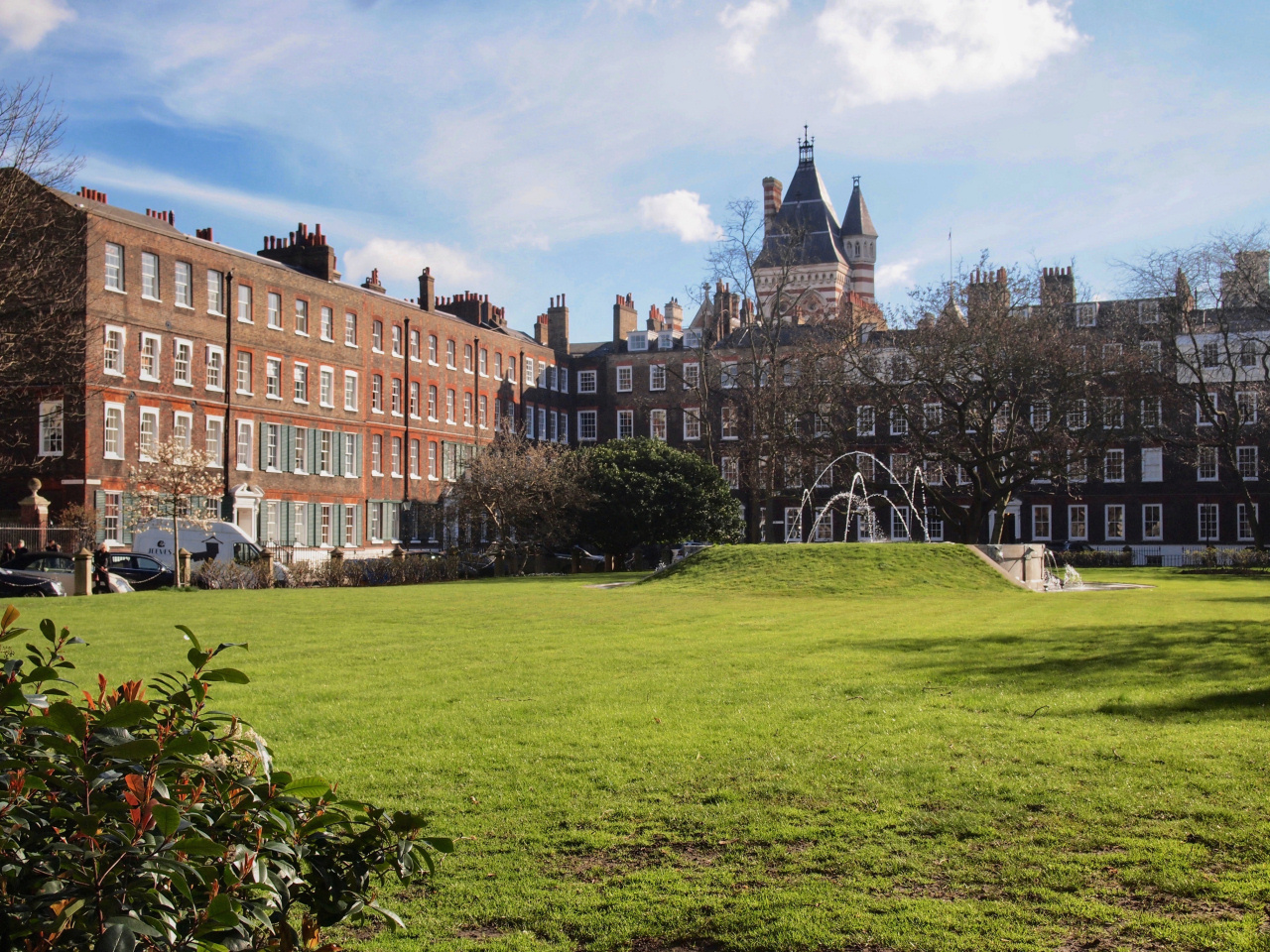
LINCOLN’S INN
Two reasons are given for the name ‘Lincolns’; one was because in the late 13th and early 14th century the Earl of Lincoln had a house nearby; others say it comes from a Thomas de Lincoln who was one of the early senior practitioners of law in the 14th century at the Inn. So basically, nobody really knows for sure!
There is also some uncertainty when Lincoln’s Inn first started. Records show it was already in use by 1422 and the first of what were eventually nine Inns of Court in London. There is also a slight misconception about the meaning of the word Inn, as besides referring to a place of lodgings for travellers, it was also used to describe a large house where important people – such as Bishops, lawyers, statesmen whose business brought them into the City – would stay.
In the 12th and early 13th century, law was taught in the City of London by clergy, though this changed in 1234 when Henry III decreed that no institutes of legal education could exist in the City of London, which is why Lincoln’s Inn and the other Inns of Court were then established outside of the City’s boundaries.
In the early days, students of the law received no formal instruction and would simply learn their ‘trade’ by sitting in on cases being heard in the courts. It was a twelve year or even longer progression – students would either study here or after they had been to Oxford or Cambridge University. They would live together in one of these Inns of Court, where they received board and lodging. Over time, a more structured educational aspect was introduced, leading to the more formal Inns of Court as we known them today. (The official description is ‘Inns of the Men of Court’).
The word ‘barrister’ originally meant someone who had been a graduate of the Inn and had managed to learn the elaborate legal exercises that were required before appearing before the ‘bar’ in a court. This requirement for a lawyer to have been a barrister before presenting cases to a legal court was enshrined in 1590, but just 50 years later, following the English Civil War in 1642, this requirement disappeared and for the next two hundred years there was no requirement for barristers to have any real legal training!
The ‘Bar exams’ were finally reintroduced in 1872, but for a long time afterwards they were of such a low standard that anyone with reasonable intelligence could pass – so very different from the intensive and many years of training and study required today.
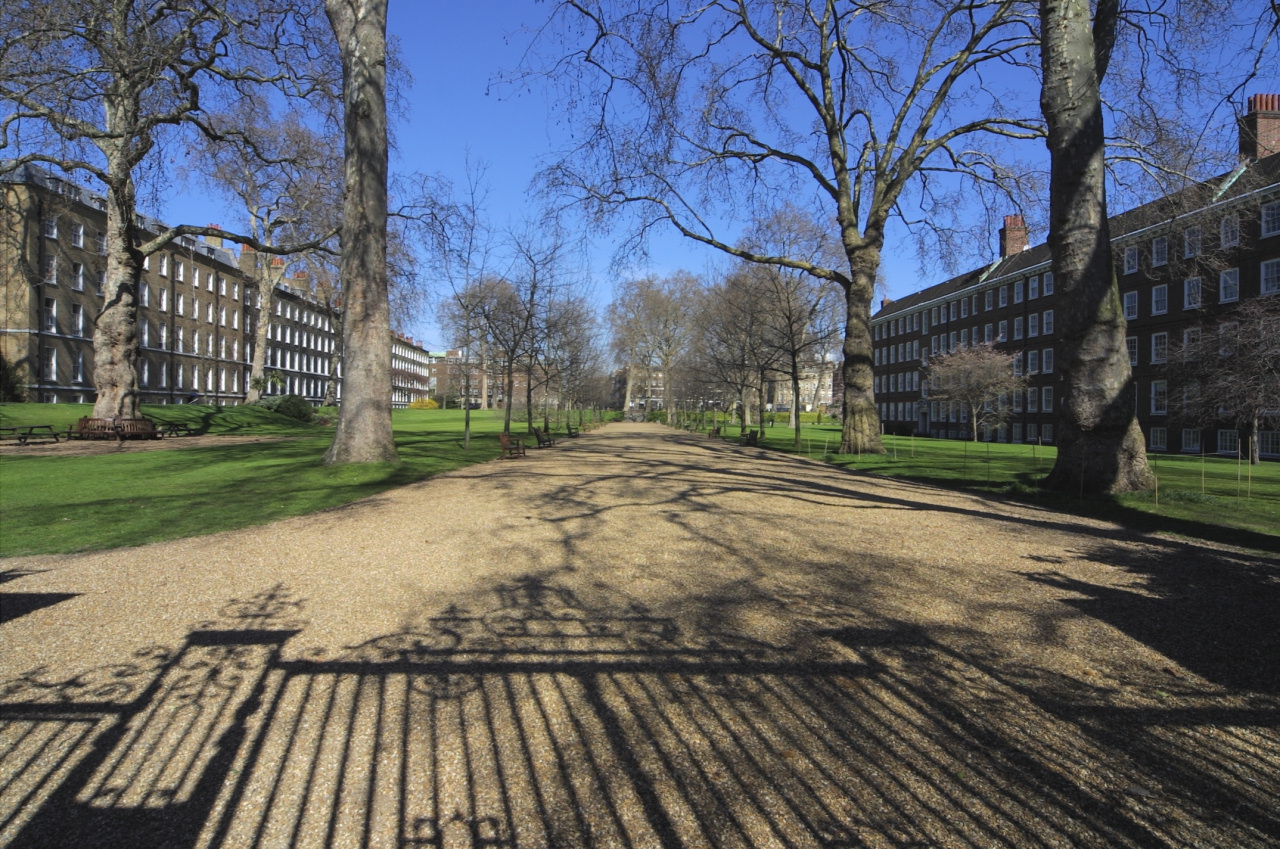
GRAY’S INN
Gray’s is another of the four Inns of Court in London. It is known that the Society of Gray’s Inn goes back to the 14th century, but there are no records earlier than 1569. The name came from Baron Grey of Wilton, as it was originally his family home. The Inn rose to prominence in the reign of Elizabeth I, as at one time she was its patron.
It became well known for the festivals and banquets it laid on, which even Elizabeth herself attended. Shakespeare was known to have performed here and one of his first performances of The Comedy of Errors took place here. Most legal education ceased during and after the Civil War and this affected Gray’s more than the others as it was slow to recover – seemingly the Inn had accepted too many ‘common students’; high taxation had meant that only the most wealthy and influential could afford to send their sons for legal training and they increasingly chose Lincolns or Temple Inn.
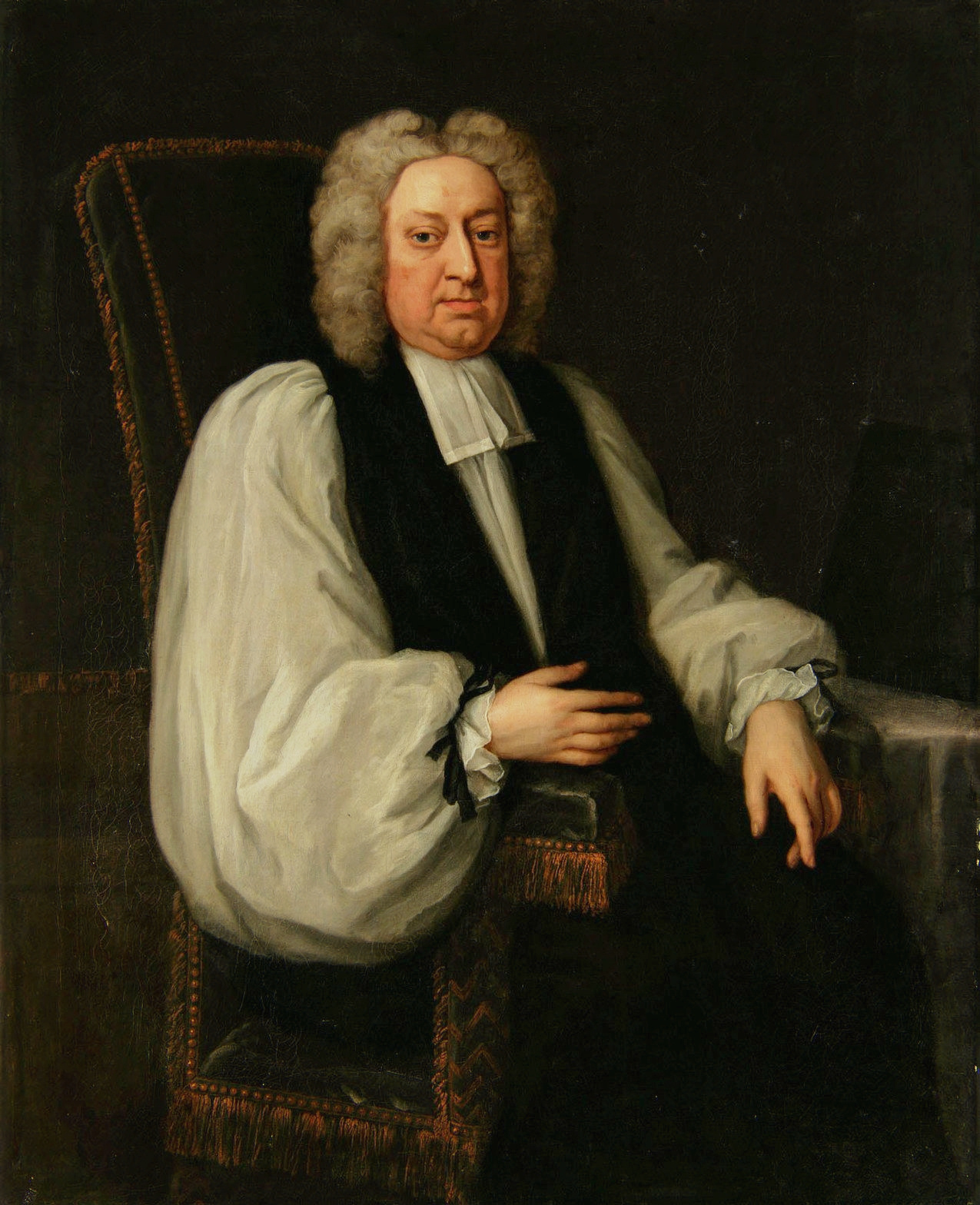
CLEVER TOM CLINCH
In the walk I mention that Jonathan Swift gives us a picture of an execution procession along Holborn in his poem called “Clever Tom Clinch, going to be hanged”. It was written in 1727.
As clever Tom Clinch, while the rabble was bawling,
Rode stately through Holborn to die in his calling,
He stopp’d at the George for a bottle of sack,
And promised to pay for it when he came back.
His waistcoat, and stockings, and breeches were white,
His cap had a new cherry ribbon to tie’t.
The maids to the doors and the balconies ran,
And said, “Lack-a-day! he’s a proper young man!”
But, as from the windows the ladies he spied,
Like a beau in the box he bow’d low on each side!
And when his last speech the loud hawkers did cry,
He swore from his cart, ‘It was all a damn’d lie!’
The hangman for pardon fell down on his knee,
Tom gave him a kick in the guts for his fee:
Then said, I must speak to the people a little;
But I’ll see you all damn’d before I will whittle.
My honest friend Wild (may he long hold his place!)
He lengthen’d my life with a whole year of grace.
Take courage, dear comrades, and be not afraid,
Nor slip this occasion to follow your trade;
My conscience is clear, and my spirits are calm,
And thus I go off, without prayer-book or psalm;
Then follow the practice of clever Tom Clinch,
Who hung like a hero and never would flinch.
I’ll just add here that there is a fascinating account of Newgate and the numerous escapes from there in the 18th century by one of the most (in)famous prisoners, Jack Sheppard, in a book called The Road to Tyburn, by Christopher Hibbert.
Jack had escaped numerous times, despite on the last occasion being held under the tightest security imaginable! However, his recklessness and daring, which even included returning to drink in a tavern that was seemingly rather too close to the prison after he’d escaped, hardly surprisingly led to him being spotted, arrested and finally hung on the gallows at Tyburn. He had become a sort of anti-hero, the ‘talk of the town’, with the popular press of the day falling over themselves to print ever more exaggerated stories of his exploits which resulted in his execution attracting crowds of many thousands to watch. The Beggar’s Opera was inspired by him, as were several plays, and at least three films have been made about him – The Hairbreadth Escape of Jack Sheppard, Where’s Jack? and Jack Sheppard. There’s also an excellent article about him on Wikipedia.
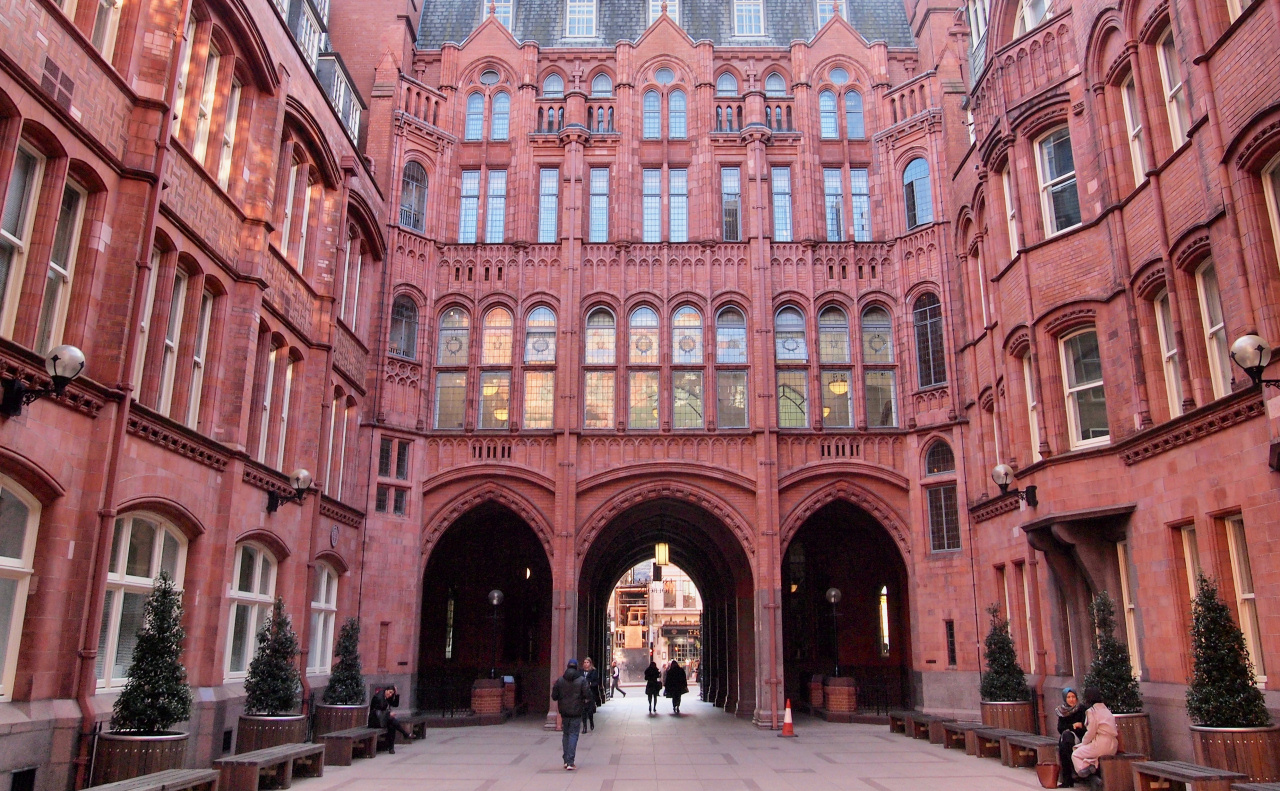
THE PRUDENTIAL ASSURANCE COMPANY
The Prudential had started business in 1848 in nearby Ludgate Hill and grew so rapidly, that they needed new offices. In 1876, they appointed Alfred Waterhouse, one of the country’s most popular and successful Victorian architects, to design a new ‘purpose-built’ building, as opposed to trying to adapt something already existing. He designed it in his ‘trademark’ Victorian Gothic’ style, which he also used for the design his iconic Natural History Museum in Kensington.
By 1905, the business had become so successful – by then they were insuring a third of the population of Britain – that it wasn’t surprising the building had already become too small. As a result, they undertook a major building and expansion project which was carried out by Alfred’s son, who was also an architect. Many innovations and improvements were made – even having a theatre for the Pru’s own theatrical group and a fully consecrated chapel and a social club for their staff, which was built in a tower on the roof! On top of the tower they placed a statue of Prudence, which was the company’s symbol.
However, the company still grew, so by the 1930s an even greater and more radical renovation took place, which entailed much of it being rebuilt, though the same terracotta gothic style was retained. The biggest changes included a more modern, art deco interior, much of which you can still see today. It was fitted out with the latest modern conveniences including hot running water, electric lighting and even a pneumatic ‘tube’ system to enable people to send documents to each other within the building. To avoid them having to have too much to do with men (or more likely vice versa!), women had their own entrance, staircases, dining room, library and even a section of the roof terrace – and they even finished work fifteen minutes before the men.
Being an insurance company, the deeds of hundreds of thousands of homes across the country needed to be securely kept, together with many other valuable documents. (No computers in those days!). The answer had been the creation of a very secure basement vault that was fitted with the enormous Chubb safes.
Despite all the works they had carried out, the building wasn’t suitable for the technological revolution of the 1980-90s so further changes were made to make room for the computer age, and the revamped building was reopened by the Queen in 1993.
Sadly, it is no longer the head office for the Prudential; they moved out in 1999, but still own the building, which is now leased to a number of other companies.
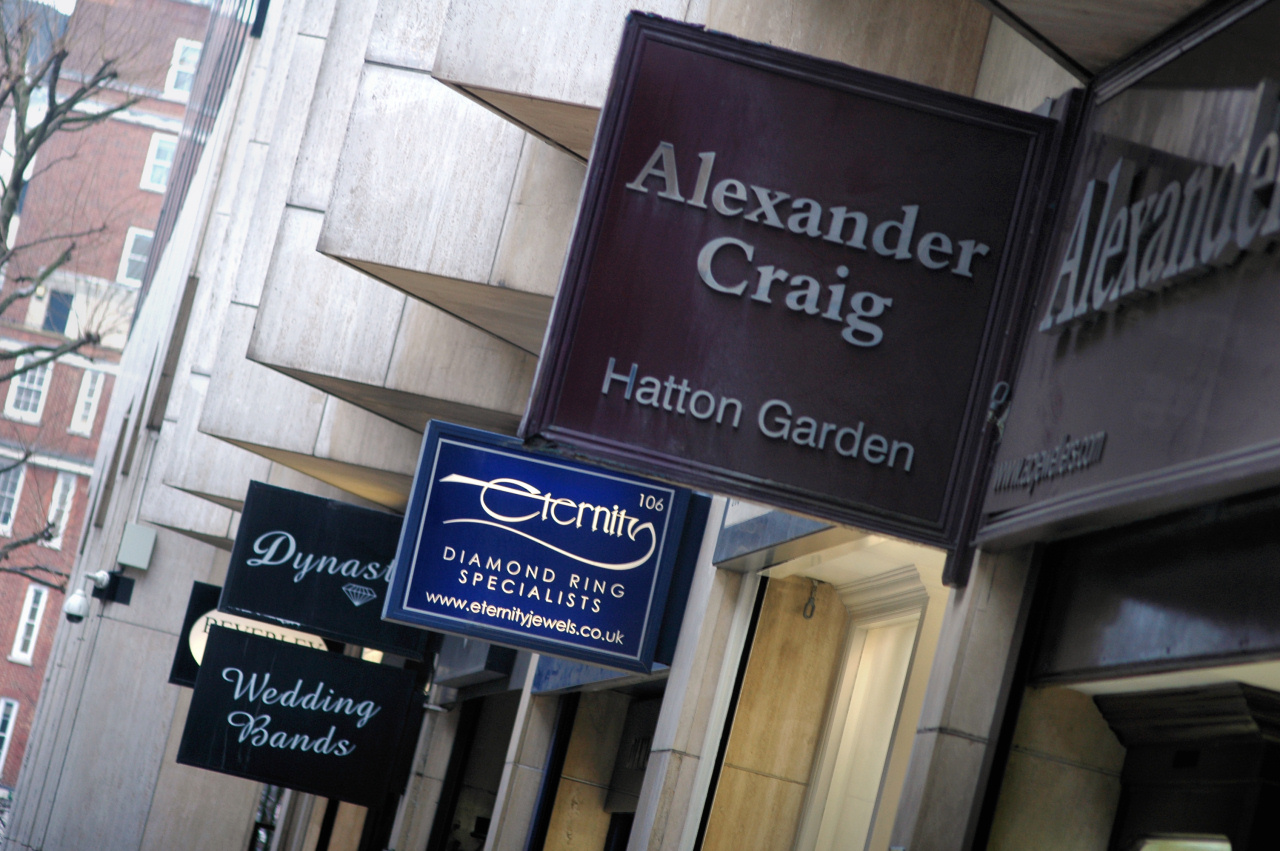
HATTON GARDEN’S DIAMOND DISTRICT
Although dealing in diamonds and other precious stones has taken place in Hatton Garden for hundreds of years, it was only after 1940 when it saw rapid expansion. This was as a result of diamond traders in Belgium fleeing from Antwerp, then the major centre for the gems in the world, ahead of the advancing German Army. Many of them arrived in London having sewn their diamonds into the clothes they were wearing!
Having arrived in London, they couldn’t afford to set up shops or offices, so instead did their buying and selling whilst standing in the street. That was until Mrs Cohen, an enterprising woman who ran a café on the corner of Greville Street and Hatton Garden, invited them in to do their business in her premises. So, it was in a simple café that the actual ‘Diamond Bourse’ was founded. As the diamond business grew, it had to move to larger premises on several occasions and the present building at number 100 Hatton Garden runs a full-time trading floor, along with many workshops and offices, not forgetting of course the highly secure safes in the basement. Some things haven’t changed though – deals are still conducted only on a handshake and the trader’s word of honour. And interestingly, you sometimes still see the traders (many still Jewish) carrying their diamonds from one establishment to another.
Sadly, it is worth noting that Hatton Garden may soon see a dramatic change. As a result of the area’s rapidly rising rents (something that’s now happening all over London) many of the diamond traders may be forced to move out. In particular, the lease on the London Diamond Bourse at 100 Hatton Garden and which has been the centre of the jewellery trade for many years, expires in 2019 and has recently been sold to a Singapore investment company. By then, the diamond traders will have had to move out. They are already seeking new premise, but, with the problem of high rents now affecting all of central London, it is rumoured they will move out to Brent Cross in north London, close to the huge shopping centre. When they do, unfortunately around eighty or more diamond and jewellery traders would move, taking their workshop with them. Already there is talk of Brent Cross becoming known as the New Hatton Garden.
I was interested to read that in 1919 the Russian trade commissar to Britain and Lev Kamenev, (Trotsky’s brother in law and a member of the Soviet Politburo), smuggled thousands of pounds (millions at current rates) worth of platinum, diamonds and other jewels into Britain and sold them in Hatton Garden. The money was to bankroll the Daily Herald, then the principle Labour party supporting newspaper. However, when the details were leaked to other newspapers, the Herald said they knew nothing of it and were forced to return the money to Russia!
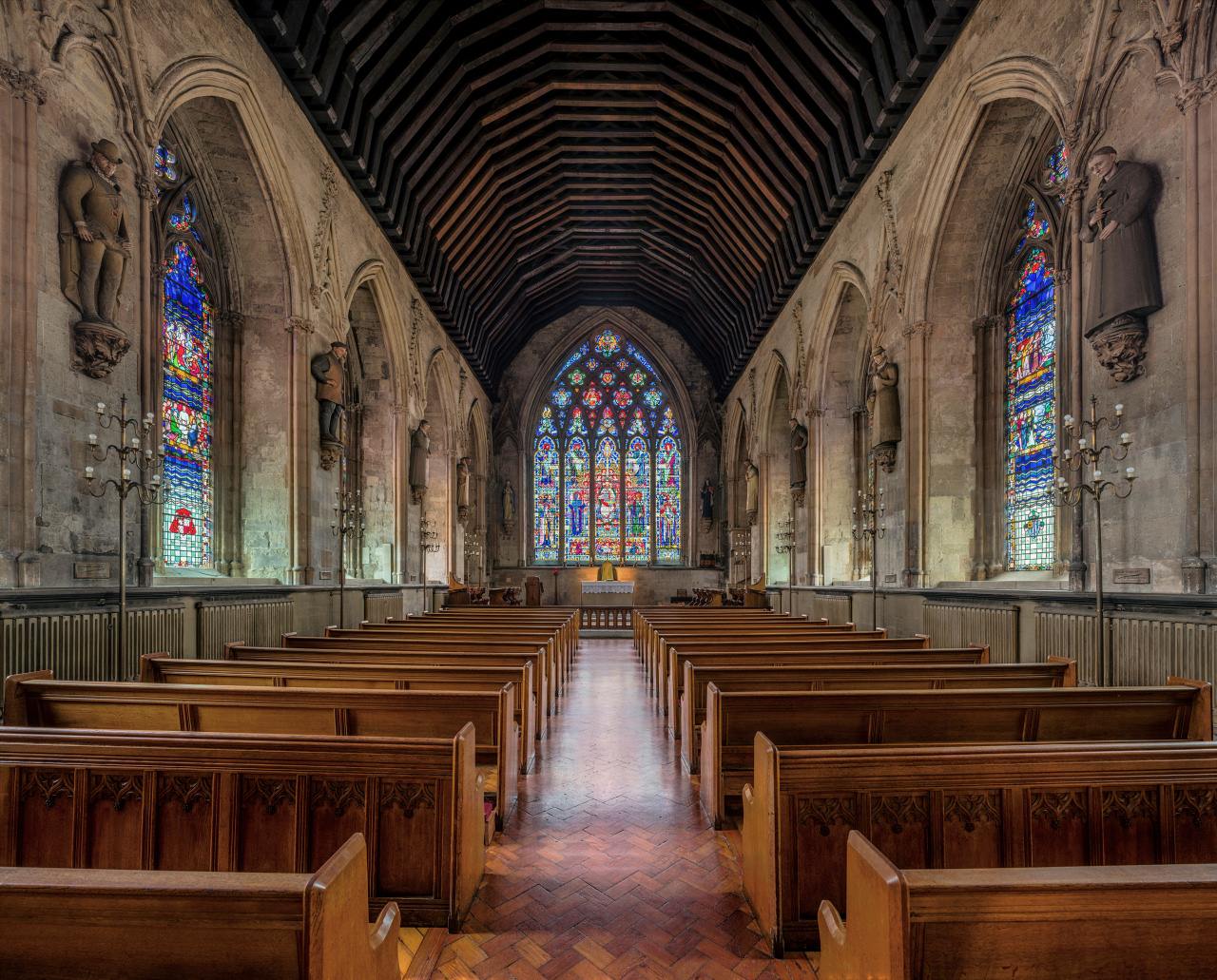
ST ETHELDREDA’S CHURCH
The Church of St Etheldreda was the London chapel of the Bishops of Ely from around 1250 to 1570 and I have explained more about this under the next section ‘Ely Palace’.
St Etheldreda is the oldest Catholic church in England and was also the first church in Britain to be converted back to Catholicism after the ‘Toleration Act’, when as the name implies, Catholics were once again to be ‘tolerated’. It is also one of only two buildings in England still standing that date back to the reign of Edward I.
The church has had such a long and fascinating history that it’s impossible to try and condense it here, so if you’d like to know more, I suggest you take a look at their website – http://www.stetheldreda.com and click on the page marked ‘history’. You will then see what I mean!
And as a rather odd aside, this was the first Church in Britain to have revived a Catholic rite known as the ‘Blessing of the Throats’. This centuries-old custom involves the priest performing an individual blessing on the congregation’s throats – people kneel at the altar and say, “May the Lord deliver you from the evil of the throat and from every other evil”. It takes place on the feast day of St Blaise who was killed by an implement that resembled sheep shears – and from that day on, he has been the Patron Saint of those whose work is connected with all aspects of sheep and their wool. And the connection with the throat? St Blaise apparently saved the life of a little boy who was choking to death on a fishbone – he placed his hands on his throat and the bone was coughed up. He was also said to have cured others who had diseases of the throat. Interestingly, I have read that Saint Etheldreda also had the reputation of being able to cure illnesses of the throat as well as St Blaise.
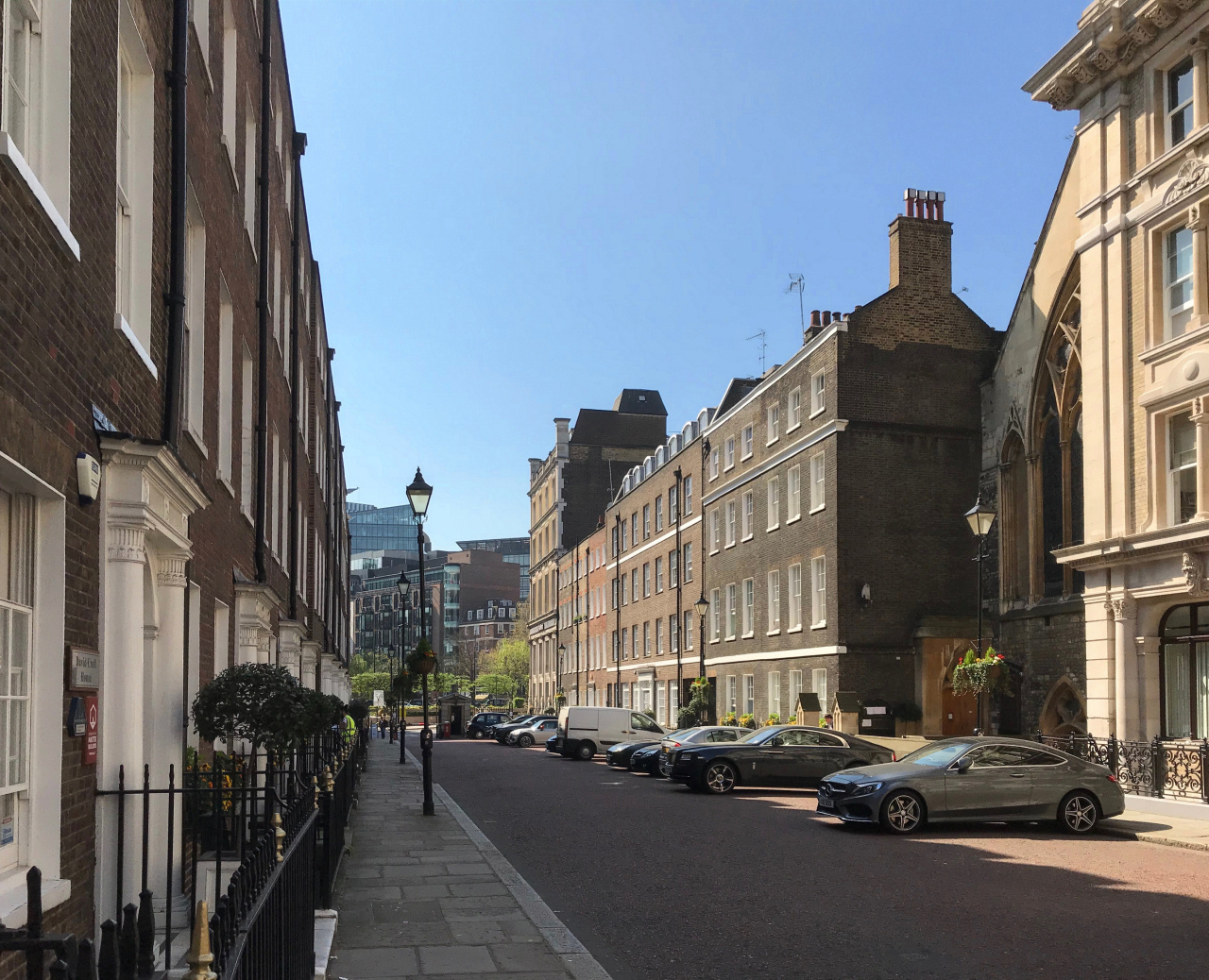
ELY PALACE AND ELY PLACE
For many years, the Church of England’s bishops played a significant role in the political establishment and were regularly called upon to act in civil matters and assist in the running of the country. As a result, they had ‘seats’ in the House of Lords, which is something they still have. As a result, many had ‘episcopal’ houses in London, many of which were originally in the Temple (the Inns of Court between Fleet Street and the Thames), but a dispute with the Knights Templar, saw them being evicted. They began building their own properties in various locations close to the City. For example, the Bishop of Bangor had his in Shoe Lane whilst the Bishop of Lincoln’s was in Chancery Lane. The size of their influence and therefore their houses, depended upon the wealth of the individual Bishop, and this invariably depended upon the prosperity of the region they represented. The city of Ely’s was particularly wealthy, being in heart of the sheep-rearing region that contributed so much wealth to England. Sheep was a staple of the English economy – we had the rainfall and right soil that resulted in quality grass which meant our sheep were regarded the finest in Europe and so had great value. Ely had also become wealthy because of eel fishing (hence the name) – eels were once a great delicacy and fetched a high price (as they still do these day).
As a result, the Bishop of Ely’s property in London was one of the largest and most elegant. And why was it called a palace? Simply because the home of a Bishop was then – and still is today – known as a Palace, as with Lambeth Palace, being the home of the Archbishop of Canterbury. Besides the magnificent house, there were also extensive and quite beautiful gardens, which Shakespeare was probably familiar with, as in ‘Richard III’, he had the Duke of Gloucester say to the Bishop of Ely –
“My Lord of Ely, when I was last in Holborn,
I saw good strawberries in your garden there;
I do beseech you, send for some of them.”
There are many references to Ely House in history. In 1332, the 14-year old Philippa of Hainault spent Christmas here before her marriage to Edward III and a few years later, John of Gaunt moved here after his house at Savoy Palace, on the banks of the Thames close to what is now the Strand, had been attacked and badly damaged during the Peasants Revolt. Much later the house was used as a prison for loyalists during the Civil War and then later as a hospital for sailors and soldiers.
But back to Bishop’s houses in London. Something I find quite fascinating is that they were officially legally regarded as being on land owned and under the jurisdiction of whichever county their home diocese was in. So, the Bishop of Ely’s palace and all its grounds were regarded as being in Cambridgeshire. Not only that, but they were usually known as ‘Liberty’s’ – something that goes back to the Middle Ages. A Liberty was an area of land that the King would give to somebody very important – for example a Lord, Baron or Bishop – and the value of it was that they were exempt from civil jurisdiction. Probably, most importantly, was that they didn’t have to pay taxes! And more than this, there were some, as Ely Place was, that were also ‘Sanctuary’s’, and this meant persons being wanted by the law couldn’t be arrested there by the authorities.
Anyway, the beginning of the end for the Bishop of Ely’s Palace began in the reign of Queen Elizabeth I. She had become close friends with Christopher Hatton, who was her “dancing master” (there were lots of rumours as to precisely how close and it was said they were having an affair) and as I explain in the little note about him in the next section, he rapidly ‘rose through the ranks of nobility’. Having become rather famous and wealthy, he wanted to acquire some of the Bishop of Ely’s land to build his own mansion, but the Bishop refused to consider it. Hatton turned to the Queen for help, whereby she wrote the following rather forthright letter to the Bishop, which read,
“Proud Prelate, I understand that you are backward in complying, but I would have you understand that I who made you what you are can unmake you. And if you do not faithfully fill your engagement, by God, I will immediately unfrock you”
Hardly surprisingly, the Bishop decided to change his mind, and granted Hatton a lease for the price of £10, a few loads of hay and one red rose a year! Hatton borrowed money from the Queen to undertake extensive renovations, which became very grand, but he got totally carried away and they cost far more than budgeted. Gradually the house was used for other purposes – for a time I believe it became the Spanish Embassy, but eventually it fell into disrepair and bits were gradually sold off as building plots, Hatton Garden for example was in the Palace’s gardens. And in 1772 when Christopher Hatton’s heirs were struggling with debts, the Crown brought the Ely Estate from them, which was when Ely Place was built, and this is on the site of the Palace’s orchard.
There are several mentions of Ely Place in literature. In Charles Dickens’ book “David Copperfield” he set Mr Waterbrook’s house in Ely Place.
As you will see today, it is still a private road. There are gates at the end, and ‘Beadles’ are employed to keep a watch on those coming and going. As the sign tells you, entrance is permitted to the street, but the rules of the Commissioners of Ely Place must be observed at all times.
And as a complete aside, I do find it interesting that, despite the opulence of the Palace, it was surrounded on almost three sides by some of the worst slums in London. One of those was known as Saffron Hill that was said by Charles Dickens to have been so bad, it was where he had set Fagin’s Den. (Incidentally, Saffron Hill was named after the herb that grew here in medieval times.)
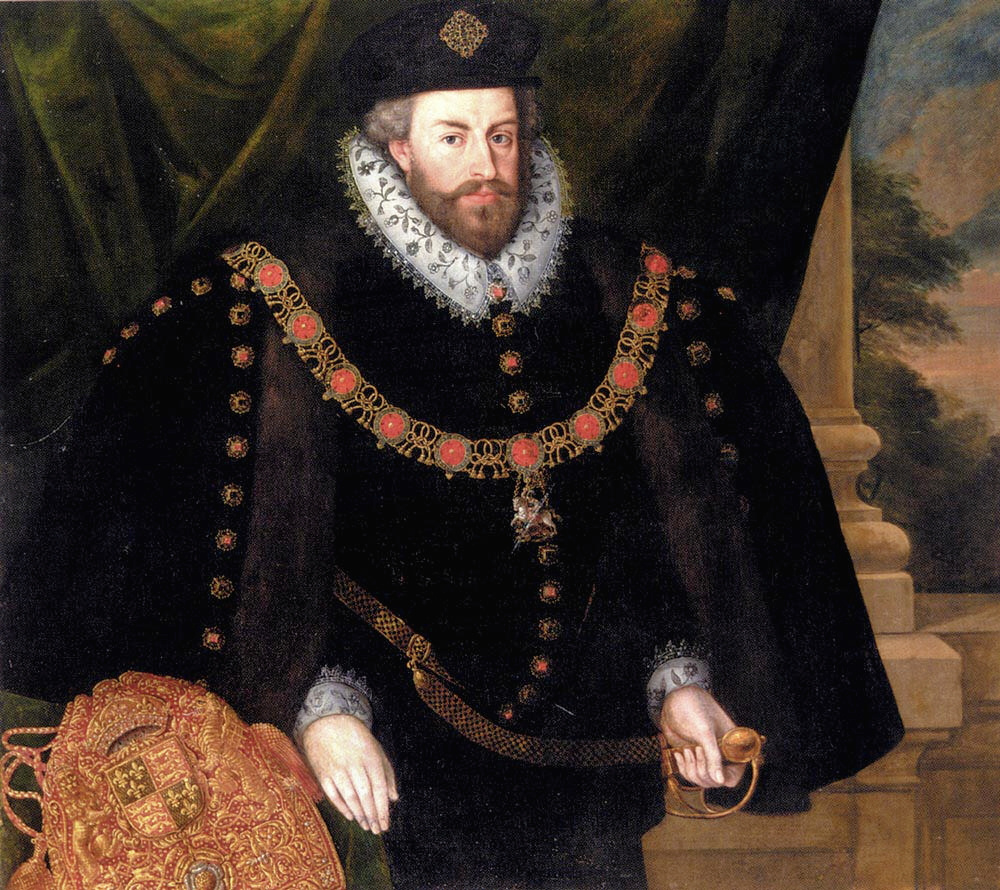
SIR CHRISTOPHER HATTON
I have mentioned Sir Christopher Hatton several times as he played an important part in all of this, but the more I read about him, the more I find him a rather interesting character. He was described at the time as being … “Handsome, tall, of good proportion and an excellent dancer” all of which attracted the attention of Queen Elizabeth I when she met him at a ball.
He soon became a great favourite of hers, becoming a Gentleman of the Privy Chamber, then Captain of the Yeoman of the Guard and Vice-Chamberlain of the Royal Household. He was then knighted and became a member of the Privy Council. As we have just read, he desperately wanted to build his own mansion in the grounds of the Bishop of Ely’s Palace and as a result of his influence with the Queen, he achieved it – even borrowing large sums of money (which he never repaid) to build it. It was hardly surprisingly that rumours flourished that he was the Virgin Queen’s lover – something that Mary Queen of Scots had later accused him of.
His success clearly went to his head – in Northamptonshire, where he was also an MP, he had built what was said to be one of the largest privately-owned Elizabethan mansions and country estates in England. It was said to have been as large as Hampton Court Palace, but it drained his financial resources even further and he was forced into making speculative investments. One of these was to help fund Sir Francis Drakes voyages, including his ‘acts of piracy’ around South America. Not only did Hatton then make a huge return on his investment, but Drake was clearly impressed, or at least grateful enough, that during his circumnavigation of the globe, he renamed his ship the Golden Hinde. That was because Hatton’s personal coat of arms contained a ‘golden hind’. He also gave him all the gold he had captured from the Spanish!
Despite all this, his extravagant ways were such that he died owing vast sums of money. Indeed, the Queen visited several times shortly before he died, pleading for the return of the money she had lent him – which would apparently have amounted to around six million pounds in today’s money!
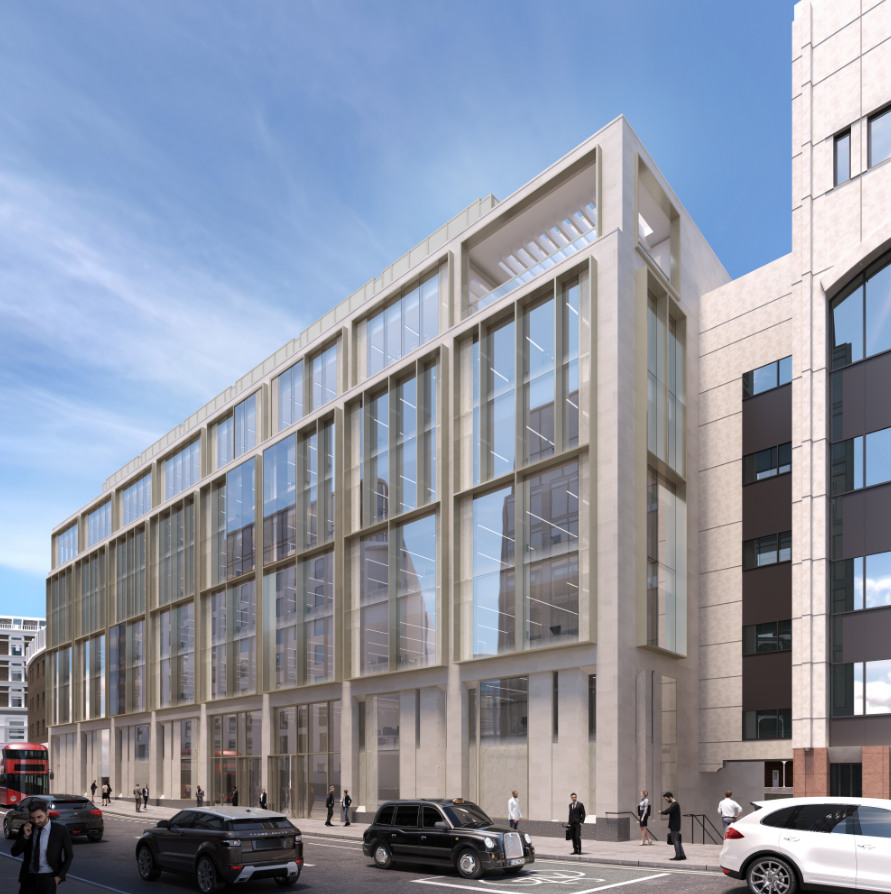
DE BEERS
De Beers was founded by Cecil Rhodes in 1888, and in 1926 it was bought by a company called Anglo American, founded in 1917 by Sir Ernest Oppenheimer. At one time, the combined company had a 90% share of the world’s diamond market.
De Beers’ diamond sorters had worked at this site in Holborn since the 1930s. However, like many other premises in this part of London, the building was badly damaged in the Second World War, but subsequently ‘patched up’. It was eventually rebuilt in the 1970s, which you can tell from the brutalist architecture. It was then the ‘high-security hub’ of international diamond trading and until a few years ago, ‘diamantaires’ from around the world would come here for regular diamond sales events called ‘sights. This was when De Beers would offer boxes of ‘rough’ stones that they and other companies had mined. At the height of De Beers’ diamond cartel, more than 80% of the world’s stones were bought and sold in this building. However, in 2013, the company moved the $6billion sorting operation to Botswana.
De Beers moved out of its mammoth offices, said to be a labyrinth inside, in March 2017. Its parent company had intended to sell the building but afterwards had a change of heart and decided to refurbish it as a headquarters complex for both Anglo American and De Beers, with a new ‘softened’ exterior, as shown here in the architect’s CGI.
And one last mention; whilst I was writing this guide, I was standing close to their offices and having just read an article about the company, I discovered that for security reasons, diamonds were transported to their office by helicopter. I thought that sounded rather unlikely as the building is in a densely packed area of London – but then I heard a loud clattering sound and lo and behold, from the roof of the De Beers building arose a very large helicopter. So it was true!
THE VIADUCT TAVERN
The Viaduct Tavern is a fine example of a Victorian gin palace, of which there were many hundreds in London alone, and this one is Grade II listed. The tavern got its name from the Holborn Viaduct, which opened in 1869.
For a couple of hundred years, gin was London’s most popular drink and at one time, virtually every street in the city was said to have somewhere you could buy it, either to drink on the premises or take home. It was cheap, usually badly made and the desperately poor virtually lived on it. Hence its ‘mother’s ruin’ reputation, shown of course in the famous paintings by Hogarth that portrayed the desperate state of the thousands of poor alcoholics in the city’s slums.
Eventually, gin’s reputation changed and thanks to various Acts of Parliament, it began to be sold in more respectable establishments. Licensed by the authorities, these were becoming quite attractive places, with ornate fittings, gas lighting, long counters and large glass windows. They quickly became known as ‘gin palaces’. And as I say, the Viaduct Tavern is a good example. And of course, today gin has again become the trendiest spirit of all, with numerous gin bars opening across London – history repeating itself!
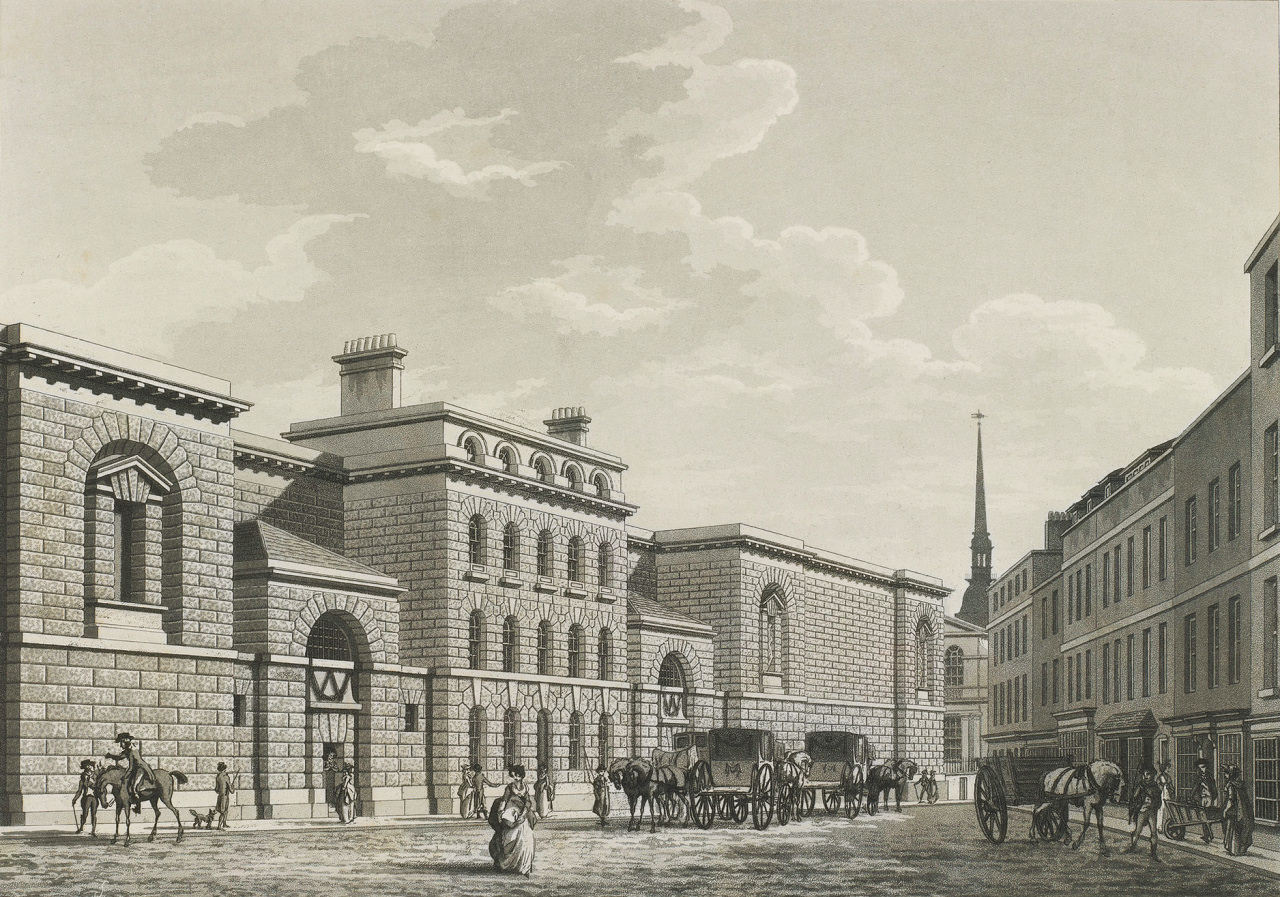
NEWGATE PRISON
The Newgate Prison had a long and infamous history. Originally opening in the 12th century in a building that contained one of the gateway entrances into the old city wall, it was simply called the ‘New Gate’ and said to have been the first ‘prison’ as we understand the word today. It was enlarged and rebuilt in the 15th century but continued to have a terrible reputation; it was said to have been the most notorious prison in London and one of the worst in the country, a reputation it maintained for over 600 years! The prison was destroyed in the Great Fire and rebuilt in 1770. Ten years later it was damaged by another fire, this time started deliberately during the Gordon Riots, when 300 prisoners were let loose on the City.
Until 1783, public hangings took place at the gallows at Tyburn, (where Marble Arch is today), but then moved here and, as at Tyburn, became a common place event until 1869. The condemned man (or woman) would be taken along ‘Dead Man’s Walk’, a caged walkway between the prison and the court that had been built next to it. The small water fountain or feature at the top of the Old Bailey road is said to mark the spot where the execution of prisoners actually took place.
And a couple of other pieces of information; William Penn, the founder of Pennsylvania was once imprisoned in Newgate for holding a Quaker Meeting, which was then an ‘unlawful assembly’. And the condition of both the prison and the prisoners was so dirty that the floors of the courts were covered with sweet-smelling herbs and Judges carried posies of garden flowers to counteract the unpleasant smell. This tradition is still carried on today!
Newgate Prison was finally closed in 1902 and demolished two years later when the extended Old Bailey Courthouse was built on the site.
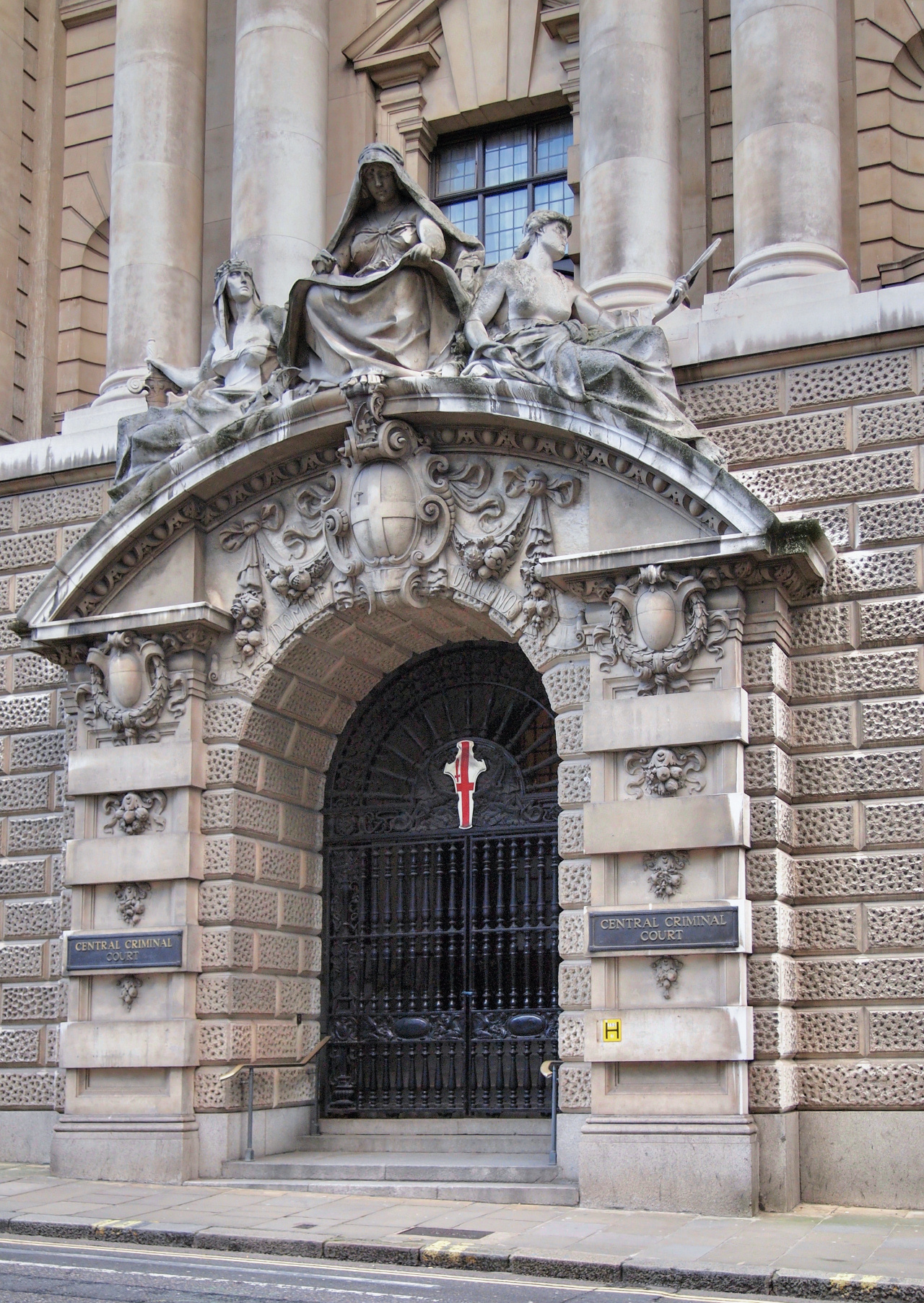
VISITING THE OLD BAILEY COURTS
The public entrance to the new courts is in a little lane called Warwick Court, two thirds of the way down the street. It is certainly not ‘welcoming’ – there is a bell, which you are told to press just once and then wait for someone to come to the door. You are not allowed to take any personal property in with you – no handbags, brief cases, phones, cameras – and the penalties for being caught with them on you are high! Fortunately, a travel agency just a little further down the street, called Capable Travel, will store those items for you for just a small fee.
Once you are inside, you will be asked which court you would like to visit, and you’ll be taken there via a narrow staircase. There are a number of courts on different floors – I find the staff quite helpful and if you don’t have a particular case you want to sit in on, then just ask them to recommend one! They generally know what you mean and will take you to one that they think might be of interest. (By the nature of the prosecution, some are very boring and long-winded!) And a final note of warning – you can’t just wander in and out of the court rooms – you have to stay in whichever one you choose for a minimum of half an hour.
If you’d rather visit the older courts, then the entrance is in Newgate Street. However, being older, they are even more cramped, so you might be better advised to stick to the newer courts, unless of course there is a specific case you want to sit in on.
Courts number 1 and 2 tend to hold the more important trials – the Kray brothers and the Yorkshire Ripper are just two of the infamous murderers who were tried in Court 1, whilst the number two court is generally for ‘high security’ trials, such as cases involving terrorism.
There are 18 courts altogether.
Old Building – Ground floor Court 17, 18
First Floor – Courts 1, 2, 3, 4.
New Building – First floor – Courts 13, 14, 15, 16
Second floor – Courts 5, 6, 7, 8
Third floor – Courts 9, 10, 11, 12
Sitting times for all courts is normally 10am – 1pm and 2pm to 4.30pm on weekdays.
THE CUTLERS’ COMPANY
The Cutlers’ Company is one of the most ancient of the City of London of London’s Livery Companies, receiving it Royal Charter from Henry V in 1416. As the name implies, the Cutlers were craftsmen who produced and traded items with a ‘cutting edge’ – such as swords, knives and the like. Originally, many of their products were for military and similar purposes, but gradually it extended to implements for domestic use such as cutlery, scissors and shaving razors. As swords fell out of use, so the Cutler’s Company began diversifying their interests into such things as surgical implements, as well as encouraging the indenturing of apprentices.
Today it is now one of the smaller Livery Companies, with a membership in the hundreds, but still proud of its ancient heritage and tradition.
